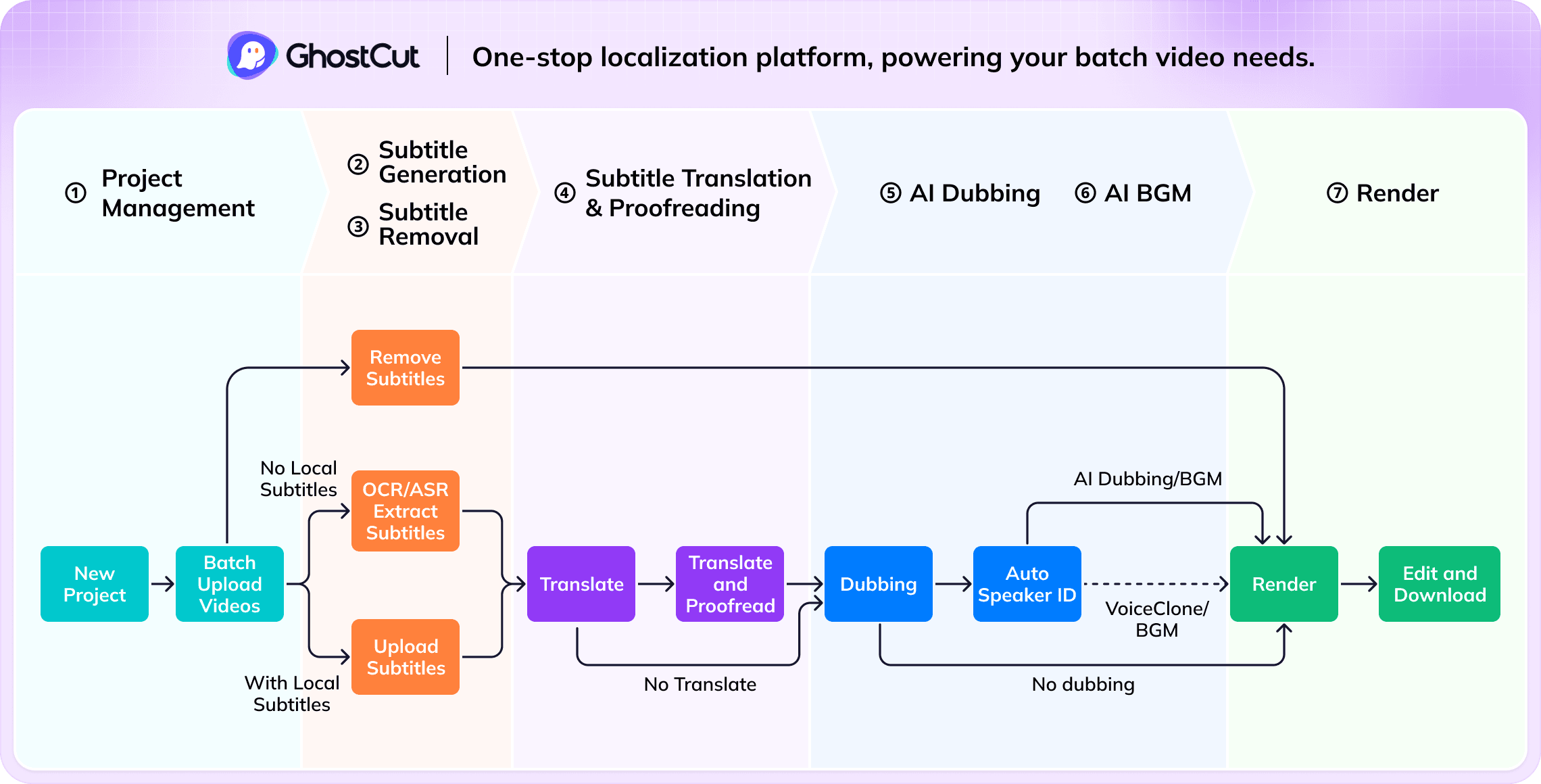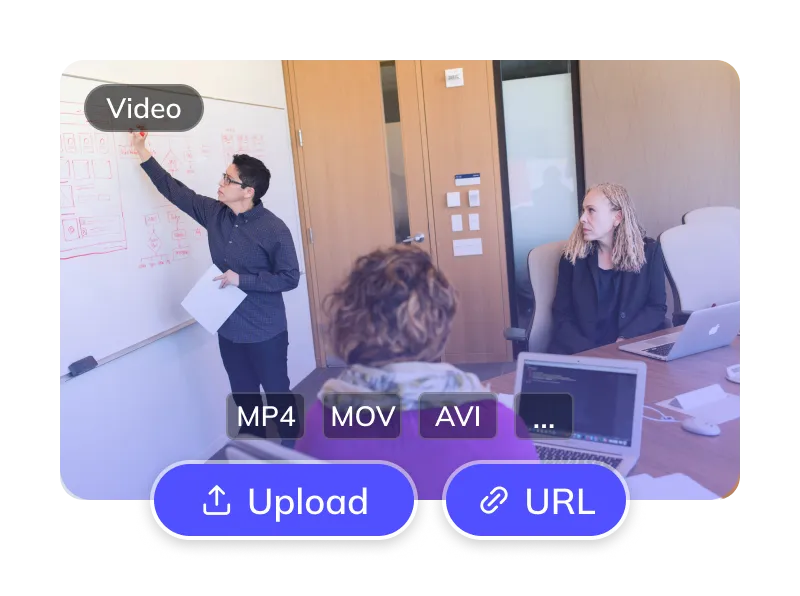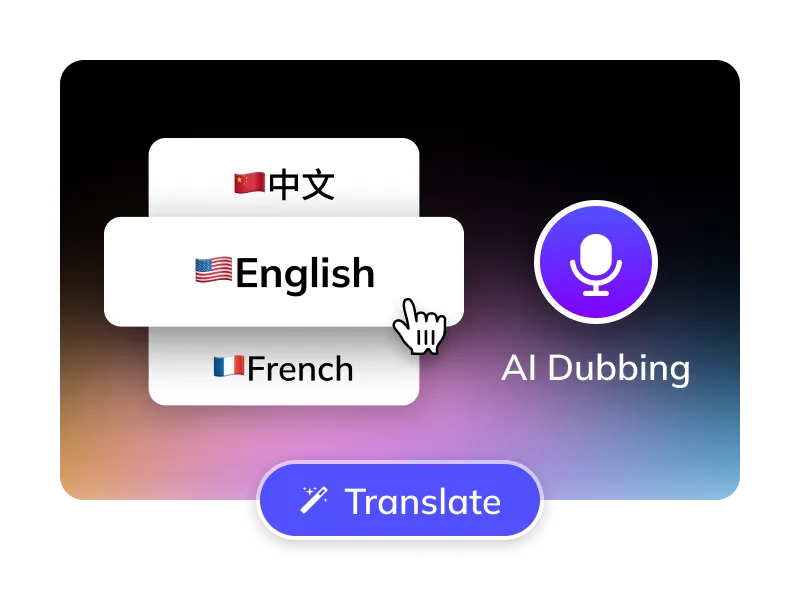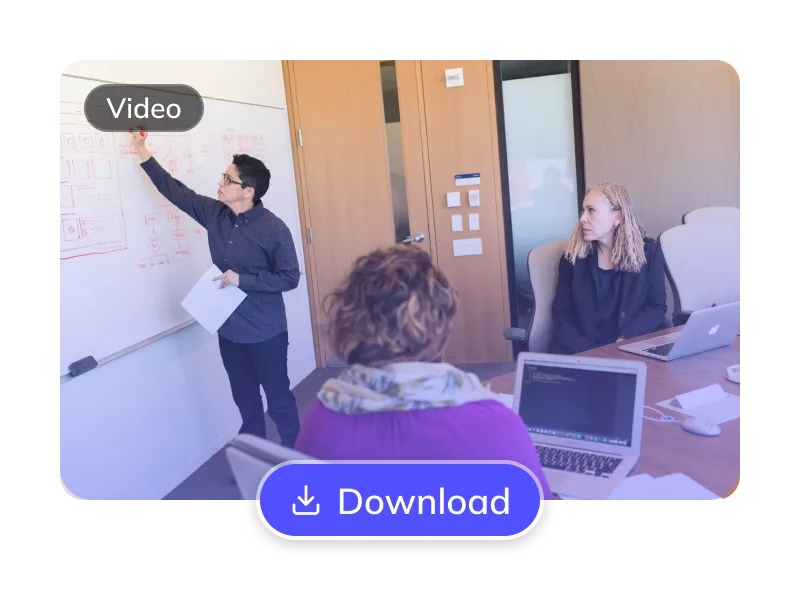How to Translate Thai Videos to English ?
Translate Thai Videos to Japanese in 3 Easy Steps
Trusted by 1,500,000+ Global Creators and Businesses
Why GhostCut for Your Video Translations?
GhostCut is your all-in-one AI solution for translating Thai content into natural, engaging Japanese.
Effortless Project Management
Manage Thai assets, subtitles, & Japanese videos. Batch process projects efficiently.
Pinpoint Japanese Accuracy
Up to 99.5% accurate. Optimized for Thai-to-Japanese with LLM calibration & multi-agent review for culturally fluent Japanese translations.
Lifelike Japanese AI Dubbing
Choose from diverse, human-like Japanese AI voices (US/UK accents). Emotion-cloning technology captures original tone for natural Japanese delivery.
Flexible Thai Subtitle Options
Optionally erase original Thai hardsubs for a clean slate. Translate embedded Thai subtitles directly.
Smart Multi-Speaker ID (Thai)
AI detects multiple speakers in Thai videos. Assign or clone distinct Japanese voices per character, with cross-episode consistency for complex Japanese dubs (dramas, interviews).
Efficient Batch Processing & API
Batch translate and dub 100s of Thai videos to Japanese at once. Seamlessly integrate with our robust API.
Versatile BGM Control
Keep or mute original BGM. Our unique tech can also isolate sound effects, meeting diverse copyright and distribution needs.
Unbeatable Value
Flexible Thai-to-Japanese plans. Try core features free. Automated pro service from just $0.1/minute.
Easy Online Access
No downloads. Instantly translate Thai videos to Japanese online. Works on Windows, Mac, & major mobile browsers for cloud processing anywhere.
The GhostCut Edge: Unmatched Accuracy, Speed, and Value.
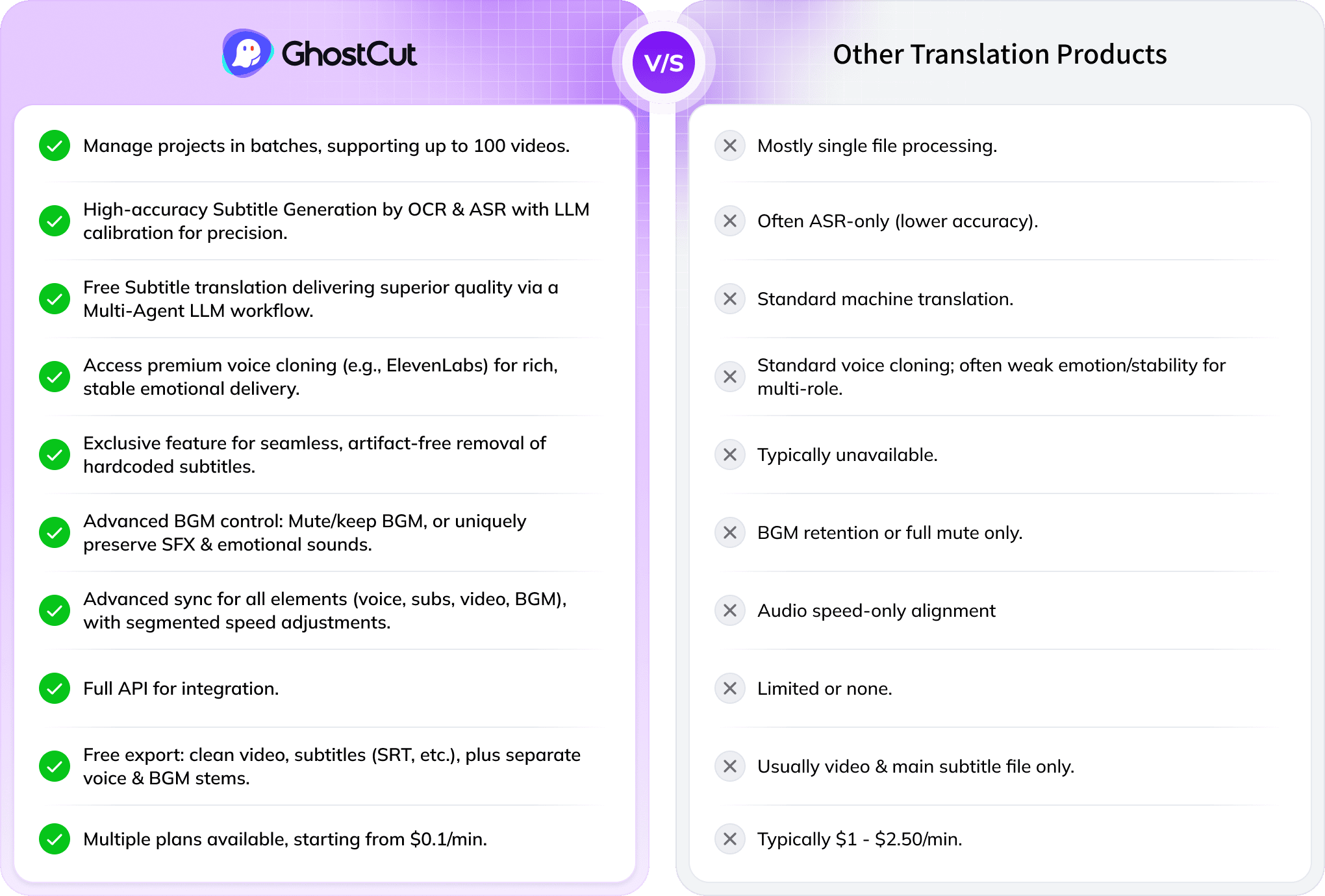
Every Algorithmic Optimization, Engineered for Quality Japanese Video
Mastering Long-Form Thai Drama & Multi-Character Dubbing
Translating a 100-minute Thai drama with 4000+ lines and many characters into Japanese is tough. Standard AI struggles to tell speakers apart, causing errors. GhostCut’s multi-modal AI (video, voice, text) excels in long-form, multi-speaker content, ensuring accurate, consistent character voices across entire series.
Translate Now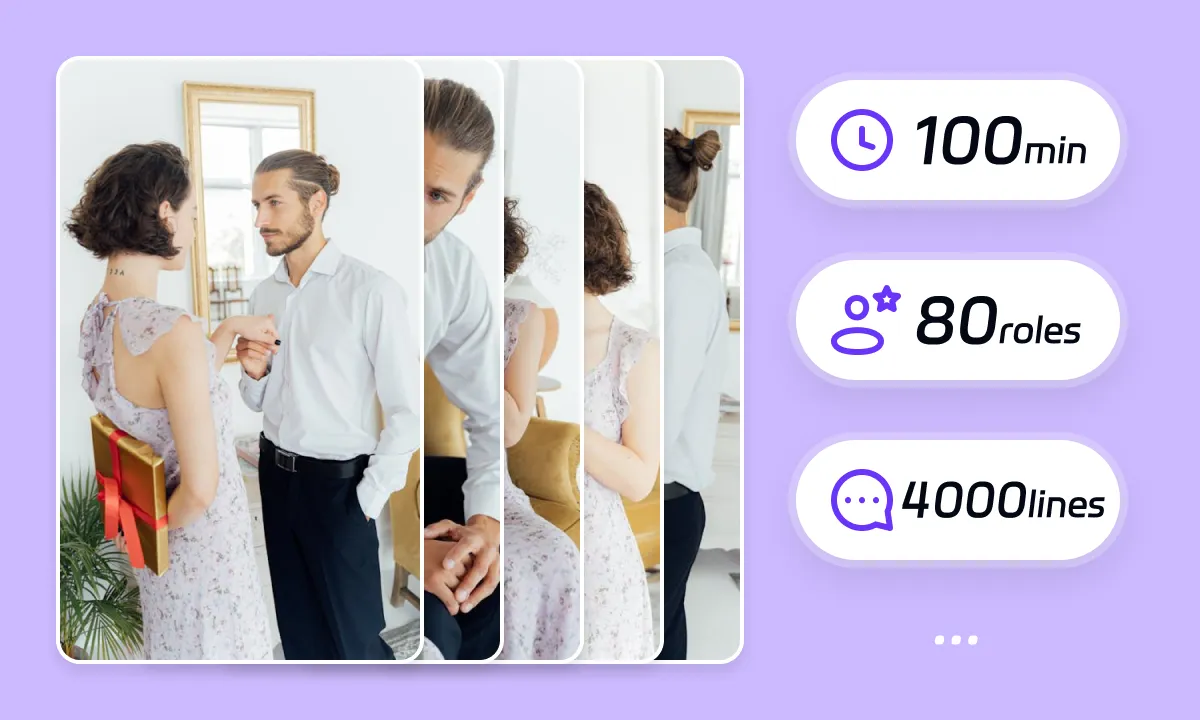
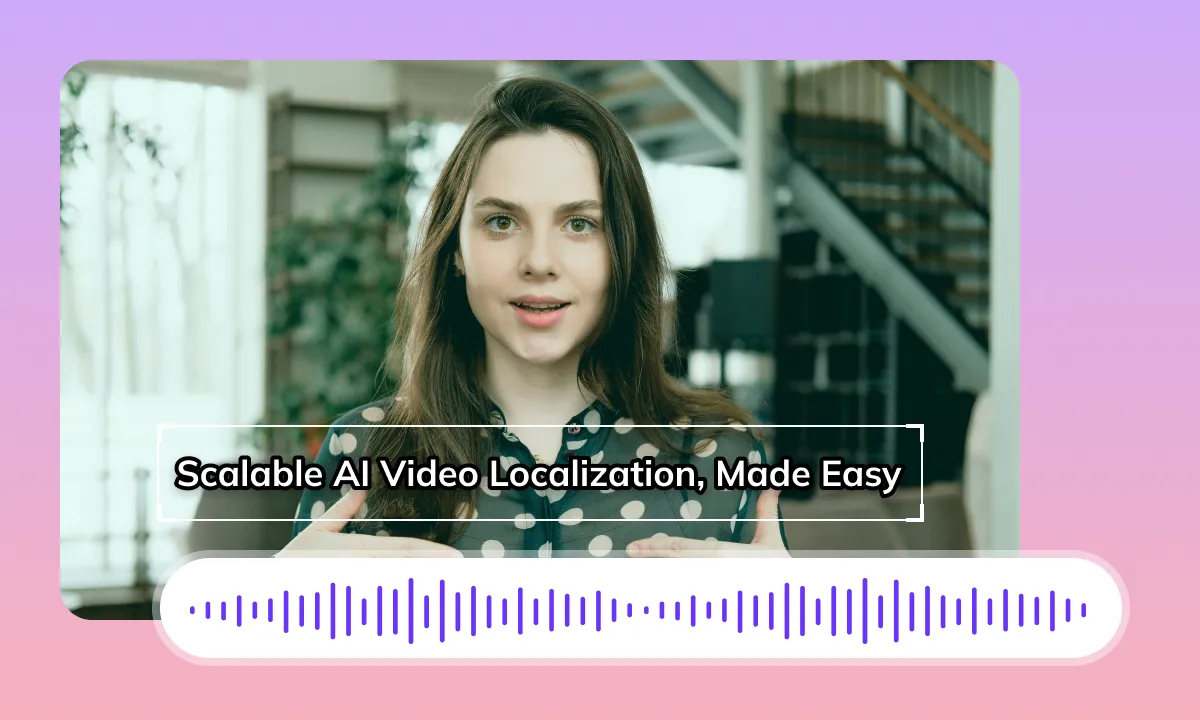
Seamless Japanese Dubbing & Perfect Lip-Sync
GhostCut ensures natural Japanese audio flow by treating related subtitles as whole ideas for TTS. It then precisely times new Japanese subtitles. Since Thai-to-Japanese translation can change speech length, our AI expertly adjusts the new Japanese audio, subtitles, video, and BGM to maintain perfect sync, just like a seasoned editor.
Translate NowBoost ROI with Flawless Thai Subtitle Removal
Original Thai hardsubs can limit your video's global appeal. GhostCut’s AI doesn't just blur; it intelligently reconstructs the background obscured by Thai subtitles, even complex ones, for a perfectly clean, high-quality visual. This means better viewer engagement, longer watch times, and higher ROI.
Translate Now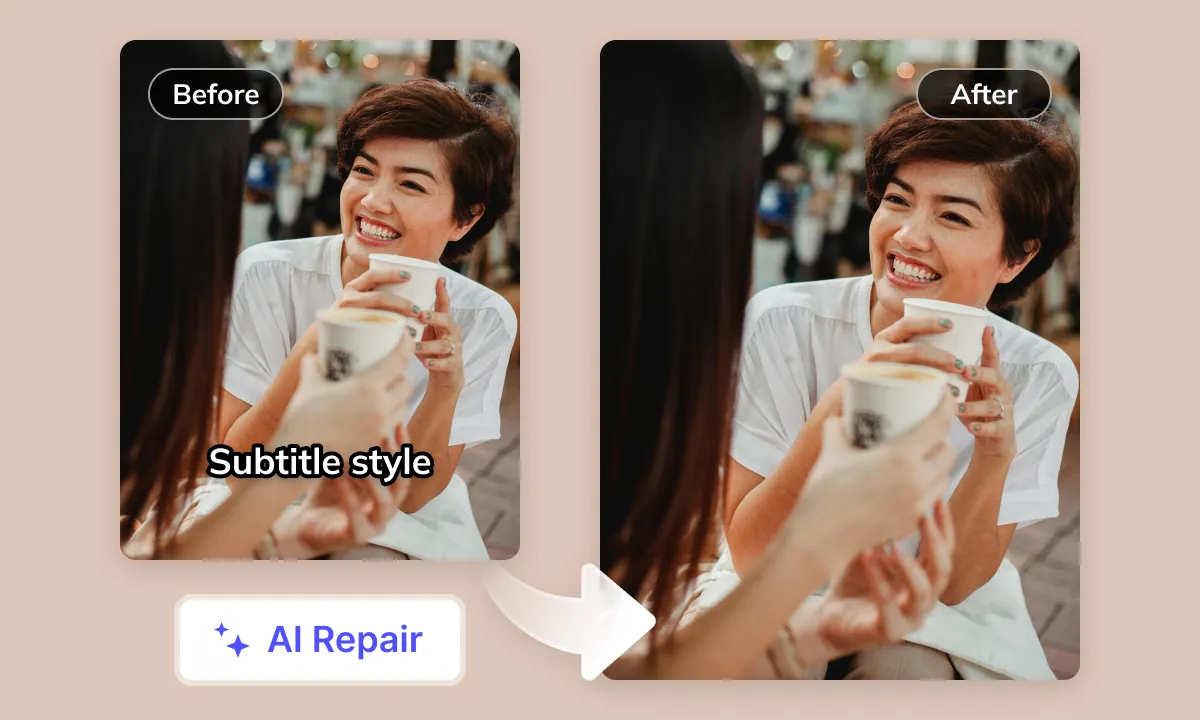

Smart Audio Control for YouTube Creators
Navigating BGM copyright on YouTube is tricky. GhostCut’s advanced audio separation isolates Thai dialogue for translation, while intelligently managing BGM, sound effects, and even emotional expressions. Our "Keep SFX, Remove Music" option is a creator favorite for avoiding copyright issues without losing your video’s impact.
Translate NowReaching Japanese Viewers with Thai Videos
Language barriers prevent popular Thai video content, such as dramas, food reviews, and travel shares, from accessing the large Japanese market. On platforms like YouTube and TikTok, limited high-quality Thai-to-Japanese translation or dubbing restricts the Japanese viewing experience and understanding, hindering content reach and engagement. This creates an urgent market need for professional, efficient AI Thai-to-Japanese video translation and localization solutions
Thai to Japanese Video Translation: Challenges and Opportunities
Hardcoded Subtitles Embedded Elements
Original videos often contain hardcoded Thai subtitles, background text, or Thai voiceovers. If not properly addressed, these elements can severely degrade the viewing experience for Japanese audiences, requiring effective removal or replacement
Significant Cultural Linguistic Differences
Thai and Japanese languages exhibit significant differences in linguistic structure (e.g., word order), honorific systems, unique vocabulary, slang, and cultural backgrounds. Literal translations often fail to convey the nuanced emotions of the original text or lead to misunderstandings. Accurate, culturally appropriate translation is a core challenge
Thai vs. Japanese Subtitle Characteristics
Thai script is fluid and has unique spatial characteristics, while Japanese combines Kanji, Hiragana, and Katakana, resulting in different visual densities and layout rules. When translating Thai into Japanese subtitles, re-designing the layout, proper line breaks, and controlling characters per line are crucial to ensure readability without obstructing the video content
Pacing and Rhythm Adaptation
The pronunciation and sentence structure of Thai may differ in speed and rhythm compared to Japanese when conveying the same content. This poses a challenge in ensuring precise synchronization of Japanese voiceovers or subtitles with the original video's visuals and timeline
Thai AI Speech Recognition Accuracy
Regional Thai accents, multi-speaker conversations, and background noise in videos can all reduce the accuracy of Thai AI speech recognition, subsequently impacting the quality of the translation
Scarcity of High-Quality Japanese AI Voices
Despite advancements in AI technology, the availability of natural, emotionally rich, and diverse Japanese AI voices remains limited. Many existing voices may sound unnatural or robotic, making it difficult to meet professional voiceover requirements
Lip-Sync Technology Challenges
Thai and Japanese phonetics have significant differences in mouth shapes. Dubbing Thai videos with natural Japanese audio requires the voiceover's lip movements to align as closely as possible with the original video characters' mouth shapes, posing a significant challenge for AI technology
Ideal AI Video Translation Goals
An ideal Thai to Japanese AI video translation system should achieve: highly accurate Thai speech recognition - authentic and natural Japanese translation (fully considering cultural and linguistic differences) - high-quality Japanese voiceover (focusing on lip-sync and emotional matching with visuals) - automated audio-visual alignment and editing
Tackling Video Translation Challenges with AI Empowering your Thai content for any worldwide scenario.
Your All-in-One AI Translation Studio
GhostCut offers more than just Thai-to-Japanese translation. It's a complete AI-powered workflow: subtitle extraction 、 removal 、 translation and proofreading to multi-character dubbing , BGM processing, and final rendering. Go from Thai source to global-ready videos, effortlessly.
